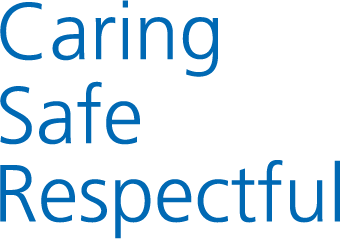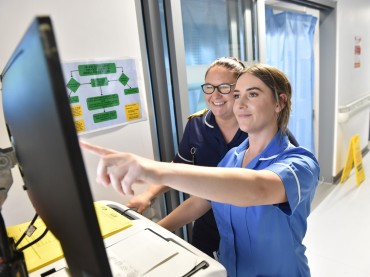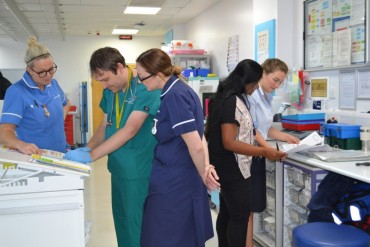Overview
Some patients with chronic obstructive pulmonary disease (COPD) including chronic bronchitis and emphysema or other long-term conditions can become sensitive to medium or high doses of oxygen.
Too much oxygen can cause a rise in the level of carbon dioxide in your blood and this could make you drowsy or slow your breathing. This does not happen to all people with these conditions, only a small number. Therefore if oxygen is needed by these people, it should be given in a controlled way and monitored carefully.
We do this by setting target oxygen saturation levels for exacerbations and advise that a Venturi mask is used. This is a specialised mask that is used to deliver a controlled amount of oxygen. By using this mask it will help to minimise the risk of an increased level of carbon dioxide in your blood.
We are aware this PDF are might not be accessible to all users. If you would like to request an accessible version, please contact bfwh.
Read our accessibility statement to learn more.



